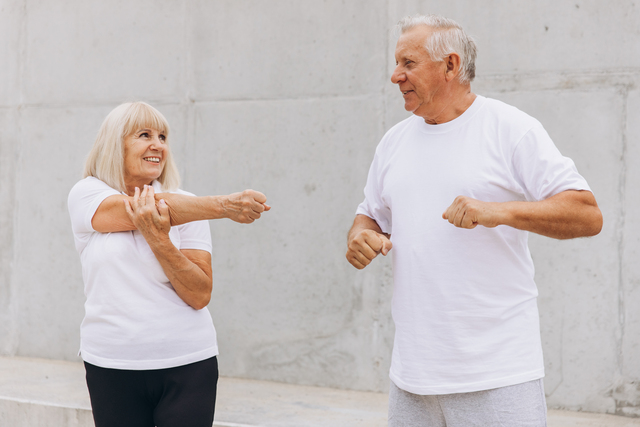Aching knees? Stiff hips? Discover the truth about aging joints and learn proven, natural ways to unlock relief, boost mobility, and feel like yourself again.
If I had a dime for every time my knees crackled like a bowl of Rice Krispies when I stood up, I could probably buy a new pair. But seriously, aging joints are no joke. One day you’re chasing the grandkids around the yard, and the next you’re wincing just trying to put on socks.
Sound familiar? Don’t worry. You’re not alone, and you’re definitely not doomed. Over the years, I’ve learned a thing or two about those creaky, achy joints—and trust me, there’s a lot more hope than despair.
In this article, I’ll share hard-earned tips, gentle remedies, and expert-backed strategies for managing aging joints, staying active, and maybe even doing a little happy dance in the kitchen again.
What Really Happens to Your Joints As You Age
First, let’s talk plain truth. Our joints—the knees, hips, shoulders, elbows, and even those tiny ones in your fingers—are where bones meet and move. They’re cushioned by cartilage and lubricated by synovial fluid.
But with time, that cartilage degeneration begins creeping in. The cushioning thins, the fluid dries up, and the wear and tear from years of movement (and maybe a few too many backyard projects) starts to show.
That’s when joint stiffness, chronic joint pain, and a dip in mobility come knocking.
And here’s the truth: it’s not always obvious at first. You might just feel a little tight in the morning or sore after a walk—but left unchecked, it can spiral into osteoarthritis in seniors, which is one of the most common causes of joint inflammation later in life.
Signs You Shouldn’t Ignore About Aging Joints
So, how do you know if what you’re feeling is just “getting older” or something more? Here are a few red flags I wish someone had told me to look out for:
- Persistent joint pain at night
- Joints that feel hot or swollen
- Cracking or grinding noises during movement
- Difficulty with mobility support for seniors tasks like getting out of bed or climbing stairs
- Trouble gripping objects or stiffness in the hands
If these sound familiar, it’s time to give those aging joints some extra TLC.
Unlocking Relief: What Actually Works?
Here’s the fun part—figuring out what actually helps. Don’t think it’s just popping pills or gritting your teeth!
1. Avoid Exercise at Your Own Detriment: Smart Exercises for Aging Joints
I used to think resting was the answer to joint pain. Turns out, gentle movement is the magic trick.
Low-impact exercises like joint-friendly workouts can do wonders for flexibility and aging. Think swimming, tai chi, yoga, or even just a good walk. These improve gait, balance, and strength without putting too much stress on your joints.
A few of my go-to moves:
- Exercises for joint health like leg lifts and wall pushups
- Water aerobics (bonus: there is less chance of injury)
- Resistance bands for light strength training
Trust me—your future self will thank you for getting off that couch.
For me, it was standing up from my consulting work in the study and walking around the house for at least 10 good minutes – no cheating- 2 or 3 times a day. PLUS this counts to your recommended 150 minutes per week of exercises!
2. Eat to Beat Inflammation
What’s on your plate can either feed inflammation or fight it. I learned this the hard way after one too many fried comfort food nights.
Instead, I started including more anti-inflammatory foods like:
- Salmon and walnuts (loaded with omega-3s)
- Colorful fruits and veggies (the brighter, the better)
- Olive oil instead of butter
- Turmeric and ginger in everything from soup to smoothies
- Making my own yohgurt – Check HERE
Cutting back on sugar, red meat, and processed junk? Also a win for those aging joints.
3. Supplements That Don’t Waste Your Time
Now, I’m not one to fall for every bottle on the health store shelf, but a few supplements for joint health really pulled their weight.
Glucosamine benefits are good for many folks—especially when combined with chondroitin. I also believe in omega-3s and sometimes a good collagen powder stirred into my morning coffee.
Just be sure to chat with your doctor before starting anything new. Some of these can interact with meds or aren’t right for everyone.
4. Support Gear That Actually Helps
I used to scoff at things like senior mobility aids, but after slipping once in the shower, I smartened up fast. Grab bars, shoe horns, ergonomic kitchen tools—these little gadgets can take a load off your joints and keep you moving safely.
Compression gloves helped my hands on cold mornings, and a knee brace gave me just enough support for long walks without making me feel like a robot.
5. Natural Remedies & Home Treatments
Some days, a warm bath with Epsom salts is better than any pill. Other days, it’s a heating pad on the back or an ice pack on the knees. These simple, old-school remedies help with joint inflammation and pain flare-ups.
Pro tip? Rotate heat and cold depending on the issue—heat for stiffness, cold for swelling.
Oh, and natural remedies for joint pain like capsaicin cream or CBD balms? Not a miracle, but definitely worth a try.
Things I Wish I’d Known Sooner
Here’s my honest roundup of lessons learned the hard way:
- Ignoring stiffness just makes it worse.
- Consistency matters more than intensity—especially with exercise.
- Listening to your body (and not pushing through pain) is smart, not lazy.
- Having a good pair of shoes is basically joint insurance.
- Hydration isn’t just for your skin—your joints need it too.
How to Keep Aging Joints Happy Long-Term
Caring for aging joints isn’t a one-and-done thing. It’s more like flossing—annoying but necessary if you want to avoid big problems down the line.
Make a routine:
- Daily stretching
- Weekly strength work
- Regular check-ins with a physical therapist or doctor
- Track flare-ups and good days in a journal
And don’t underestimate how much stress and sleep play into this. Less stress = less inflammation. Better sleep = more healing.
Treatment for Joint Pain and Stiffness
Managing joint pain and stiffness often starts with gentle movement—think low-impact activities like swimming, walking, or tai chi. Daily stretching improves flexibility, while heat and cold therapy can ease inflammation and tightness.
Losing even a few pounds can reduce pressure on weight-bearing joints like knees and hips. Supplements like glucosamine or collagen may also help over time.
Don’t underestimate the power of rest, proper footwear, and stress management. And if things don’t improve, a visit to a physical therapist can help you build a customized routine that fits your body’s needs.
Medication for Arthritis
When lifestyle changes and natural remedies aren’t enough, medications can offer real relief. Over-the-counter NSAIDs like ibuprofen or naproxen help reduce joint inflammation and pain.
Acetaminophen can ease discomfort if you can’t tolerate NSAIDs. For more stubborn cases, doctors may prescribe corticosteroid injections or disease-modifying antirheumatic drugs (DMARDs) for inflammatory arthritis.
My favorite – Topical creams with capsaicin or diclofenac also provide localized relief without affecting the whole body. Here are some that I have tried. As always, it’s smart to consult your doctor—especially if you’re taking other meds—to find the safest and most effective option for your specific arthritis symptoms.
THERAWORX
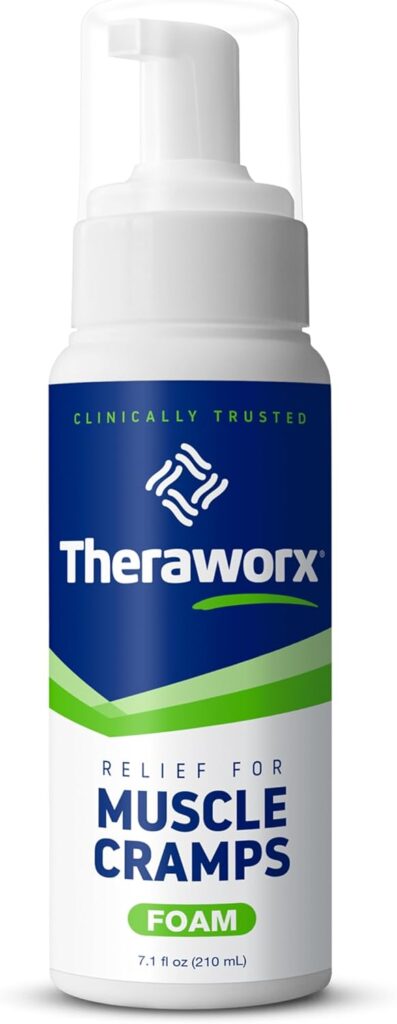
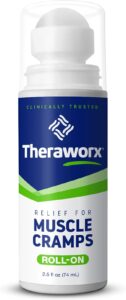
MEDISTIK
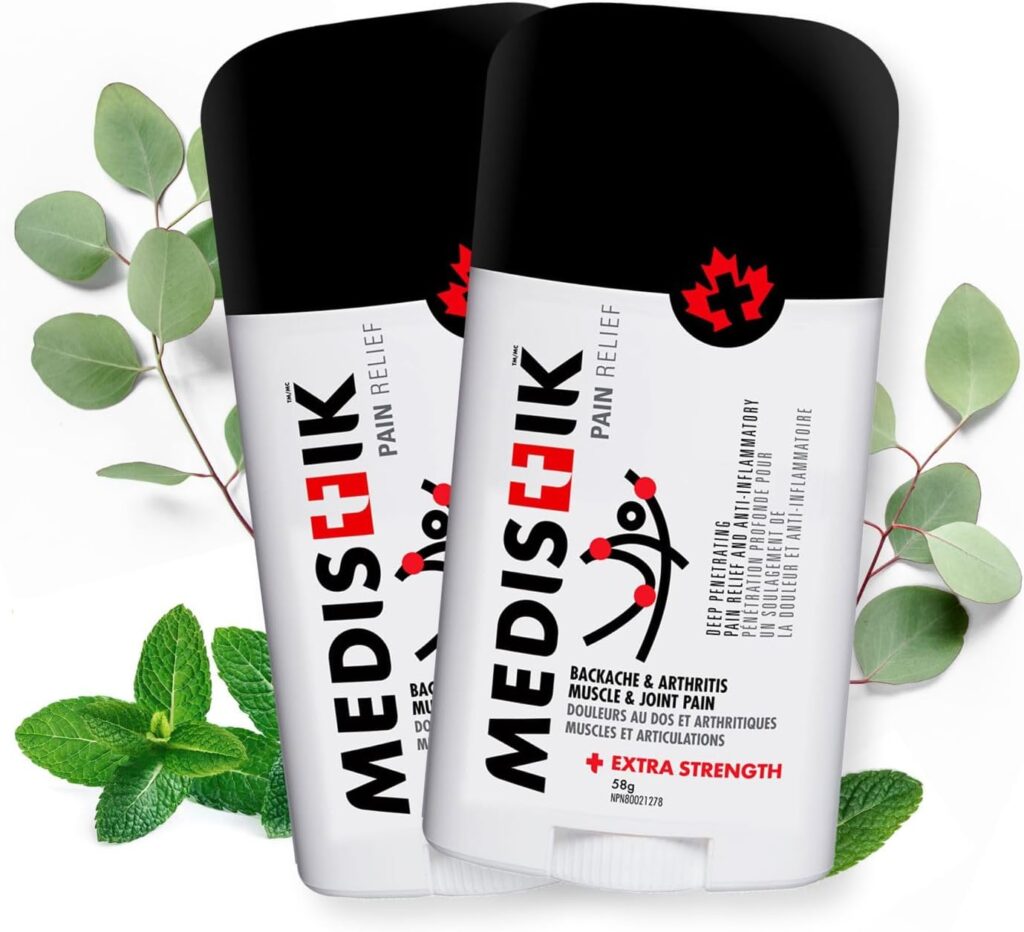
KALAYA
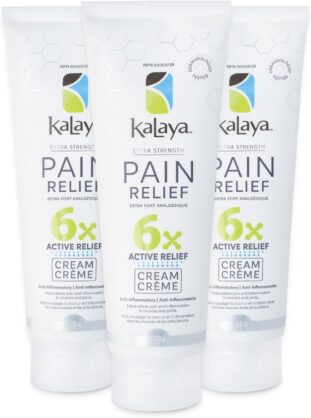
What is the Most Effective Medication for Arthritis
The most effective medication for arthritis depends on the type and severity of arthritis, but here’s a general breakdown of what works best for many people:
For Osteoarthritis:
- NSAIDs (Nonsteroidal Anti-Inflammatory Drugs):
Ibuprofen (Advil, Motrin) or Naproxen (Aleve) are commonly used and effective for reducing joint inflammation and pain. - Topical NSAIDs:
Diclofenac gel is great for localized relief with fewer side effects than oral meds. - Acetaminophen (Tylenol):
May help mild pain but is less effective for inflammation.
For Rheumatoid or Inflammatory Arthritis:
- DMARDs (Disease-Modifying Antirheumatic Drugs):
Methotrexate is often the first-line treatment—it helps slow disease progression. - Biologics (e.g., Humira, Enbrel):
Target specific parts of the immune system and are highly effective for moderate to severe cases.
👉 Talk to your doctor for a diagnosis and plan tailored to your specific arthritis type, symptoms, and overall health.
Conclusion
Here’s the deal: aging joints are a natural part of life, but suffering through the pain isn’t. With the right tools, mindset, and maybe a few tweaks to your daily habits, you can move better, feel stronger, and live fully—no matter your age.
You don’t have to be sidelined by stiff knees or sore hips. Relief is out there—you’ve just got to unlock it.
Related Articles
- What Foods to Avoid For Arthritis Relief: 10 Types
- How to Make Homemade Probiotics – 3 Simple Recipes
FAQs about Aging Joints
What causes joint pain as you age?
Joint pain in older adults is typically caused by cartilage degeneration, osteoarthritis, and reduced synovial fluid, which lead to joint stiffness and inflammation.
What is the best exercise for aging joints?
Low-impact exercises like walking, swimming, yoga, and tai chi help improve mobility and reduce pain in aging joints without overloading them.
Can diet really help with joint pain?
Yes. Eating anti-inflammatory foods and staying hydrated can reduce joint inflammation and improve overall joint health.
Do supplements work for joint pain?
Some supplements for joint health, like glucosamine, chondroitin, and omega-3s, can be effective—especially when combined with other treatments.
How can I relieve joint pain naturally at home?
Try hot/cold therapy, natural remedies for joint pain like turmeric or CBD creams, gentle stretching, and keeping your weight in a healthy range.

